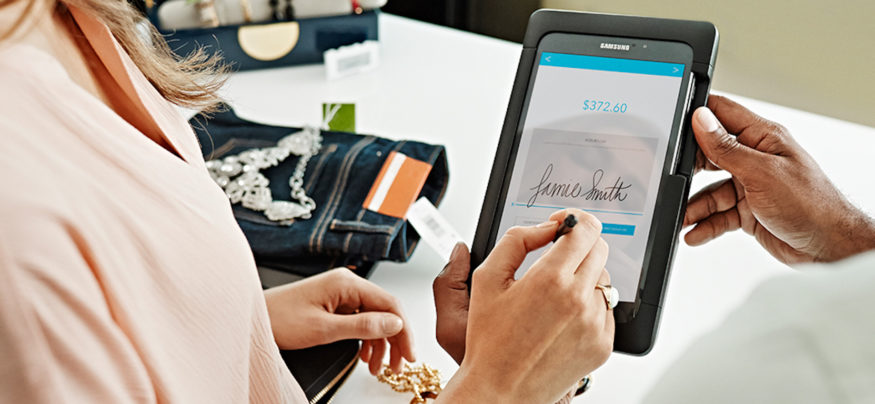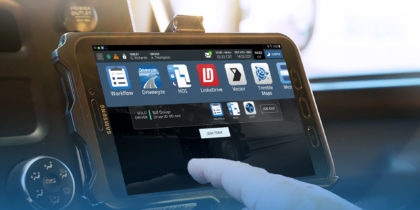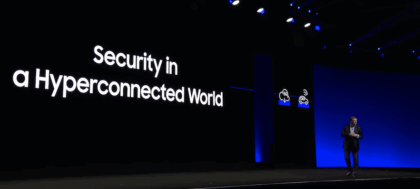Between a saturated marketplace and ever-emerging sophisticated technology disrupters, consumers have an abundance of retailing choices. However, when it comes to choosing where to spend their hard-earned money, shoppers pledge their loyalty to retail brands that can deliver a simplified, yet enhanced customer experience.
Clearly, enhancing customer experience will drive customer loyalty. However, according to a 2015 report from Siegel+Gale, “adopting simplicity will get you there faster.” Based on responses from more than 12,000 respondents across eight countries, the report ranks leading brands based on how simple they are, studies why disputers are gaining ground and explains the benefits of simplifying customer experiences.
“Brands delivering value through streamlined customer experiences are learning that simplicity pays off,” says Brian Rafferty, global director of research insights at Siegel+Gale. For example, 63 percent of consumers are willing to pay more for simpler experiences, and 69 percent of consumers are more likely to recommend a brand because of these processes, according to the report.
But as eloquently noted by poet Robert Burns, even the best laid plans can go awry. Consumers continue adopting more sophisticated technology disrupters, a move that complicates an already complex business model and puts new pressures on retailers’ omnichannel objectives. Keeping a keen eye on enhancing customer experience, retailers can use these new tools to simplify the shopping experience and increase customer loyalty.
Game-Changers
Programmed for enhancing the customer experience and delivering value, the following digital solutions could be secret weapons in the simplicity game.
Connected devices: The omnichannel shopping model got a huge boost from mobility. Mobile has become such a significant driver for the on-demand retailing model that industry pundits estimate m-commerce sales will total $149.79 billion in 2019, according to a 2015 report from eMarketer.
Mobility can be credited for the rise of a new genre of digital touch points defined as “connected devices.” Fueled by the Internet of Things (IoT), or a combination of devices and software systems connected with each other via the Internet, these wireless yet connected touch points are increasingly becoming new shopping assistants for customers and store associates alike. Ranging from smartphones, tablets and beacons to radio frequency identification (RFID) and digital displays and wearables, the number of connected devices will reach 38.5 billion in 2020, up from 13.4 billion in 2015 — an increase of over 285 percent, according to Juniper Research.
Thus, retailers must learn how to use them to simplify the shopping experience. Using Bluetooth technology and dedicated apps, IoT devices enable retailers to immediately identify consumers as they enter the store and launch customer-specific content about products and promotions — capabilities that streamline navigation and the overall purchasing path.
Big data analytics: Along with the adoption of these solutions comes a tsunami of digital information. Already inundated with information stemming from conventional sources such as point-of-sale systems, the omnichannel business model produces unprecedented levels of unstructured data sets from websites, social media and electronic customer touch points, including kiosks and mobile devices. This incoming digital information is the foundation of big data.
In addition to containing complex details that reveal customer preferences and behaviors, 82 percent of retailers reported that big data is changing the way they do business, according to a 2014 study from Accenture Analytics.
Those brands that leverage this information can expertly respond to business trends in real time, address consumer demands and learn how to streamline operations based on their needs and connections to products, locations and even economic, social or regional events.
Social media: As omnichannel retailing becomes synonymous with customer engagement, reliance on social networks is a natural extension of the new shopping model. Digital, community-based websites enable users to post information, comments, messages and images. What’s most important to retailers however is that 67.5 percent of shoppers (74 percent of consumers under the age of 45 and 61 percent older than 45, respectively) use social media to get updates from their favorite brands, according to the Siegel+Gale report.
By leveraging the information that shoppers post on their favorite brands’ social media pages, retailers have the foundation needed to truly streamline the shopping experience and improve customer service. Currently, 86 percent of respondents do leverage customer sentiments in hopes of resolving service issues, the report said.
“The most successful brands learn to quickly leverage these and other emerging services to deliver consumers the products and services they want in the easiest, most streamlined and delightful way possible,” says Rafferty.
Learn more about how Samsung is focused on enhancing the customer experience on our retail solutions page.







